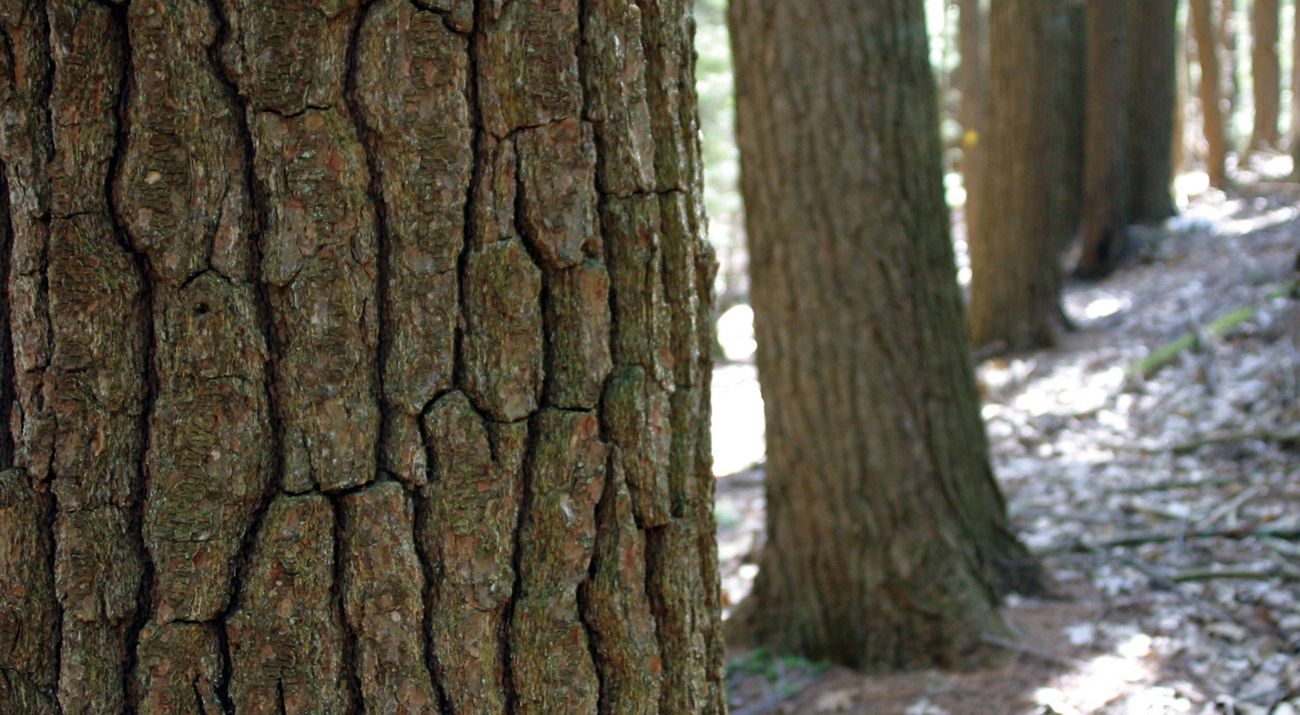Description
Before European settlement, New Hampshire’s valleys were covered in mature forests of centuries-old, 200-foot high trees. Almost all of that forest was cleared for timber or pasture by the mid-1800s, making mature forests a rare commodity today. Walking into the mature groves in the 227-acre Sheldrick Forest in Wilton is like stepping back in time, its cathedral-like stands of 150-foot high white pines, hemlocks, and oaks provide a glimpse into the pre-settlement wilderness that once stretched across New England. Sheldrick Forest contains trees that reach diameters of 30 inches and have escaped logging for close to 200 years.
The preserve’s rolling topography includes several eskers, a ravine forest, seeps and streams, adding to its wild character. Sheldrick Forest is part of a larger conservation landscape of unbroken forest including the Forest Society’s more than 1,000-acre Heald Tract. These large and unfragmented forests provide breeding habitat for interior forest nesting birds like wood thrushes, ovenbirds and scarlet tanagers, along with uplands, streams and wetlands for wide-ranging mammals like black bear and moose to find food, shelter and cover.
